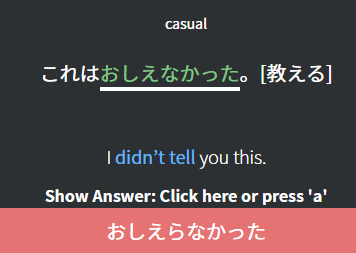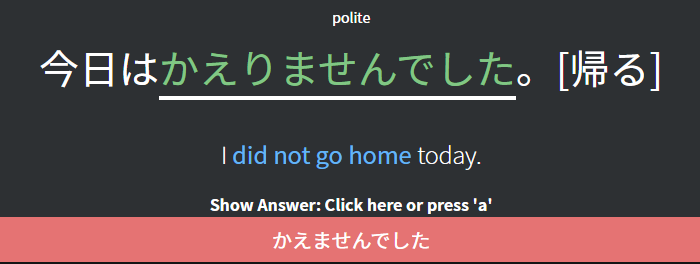For the first one:
教える(おしえろ)is an ichidan verb (る verb), so you don’t conjugate it with ~らない. For る verb conjugation, the る is dropped and you replace it with the correct conjugate (in this case, 教えない)
For this particular answer, for example, you take the stem 教え, drop the る, and replace with ない, to form the negative 教えない. Then, to make it past tense, conjugate the ない with the かった form, so you are left with 教えなかった or 教えませんでした depending on the level of formality.
For the 2nd one:
帰る(かえる) is a godan verb (う verb), so in this case you do conjugate it with ~らない. For う verbs, the final okurigana is replaced with the required variant depending on the conjugation. For the negative, you either replace る with ら for ~らない or り for ~りません.
This particular verb is a trap because it ends with る but is not an ichidan verb (る verb), so you have to memorize it as an exception. This one conjugates as shown above into 帰らなかった or 帰りませんでした for the past negative depending on formality.
A trick I use to remember that 帰る is a godan verb is that I’m sure you’ve heard someone say かえります before. If you say it in your head, you can see that the ます at the end has an り attached as「~ります」which tells you it isn’t an ichidan verb because otherwise you would have a perfect「~ます」at the end.


